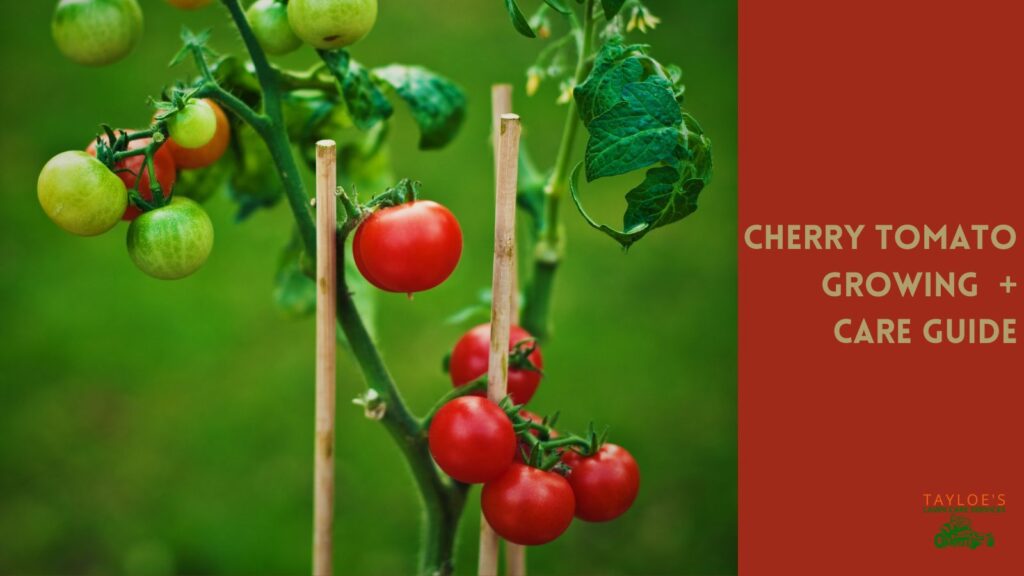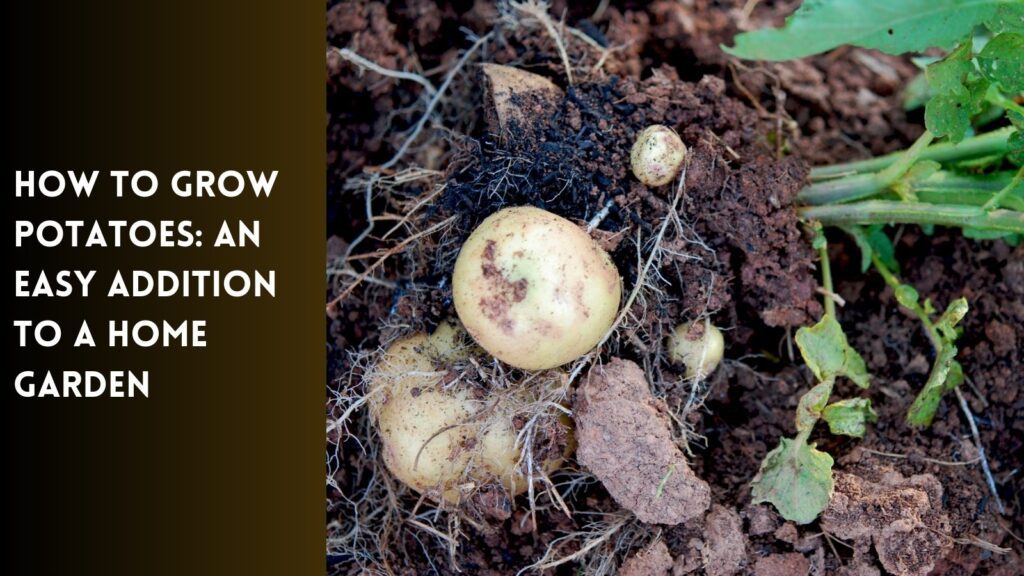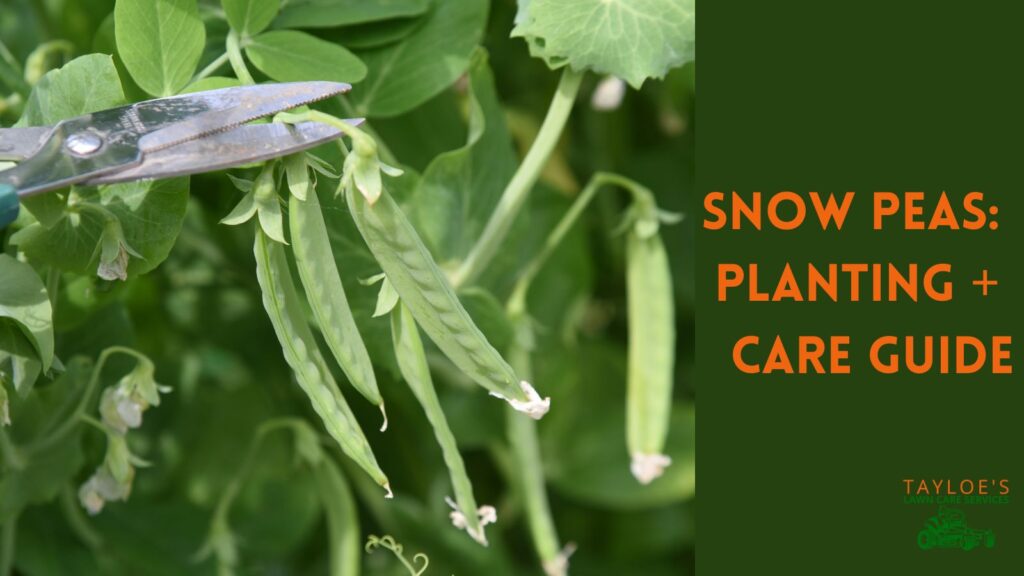Last Updated on: 15th May 2024, 05:40 am
The cause of the odor actually strengthens the plant!
As you amble through your garden, taking in the verdant symphony of nature’s wonders, one scent seems distinctively out of place — the distinct aroma of your tomato plants. Some describe the smell as sharp, herbaceous, and somewhat medicinal, an aroma that starkly contrasts the fruit’s sweet, juicy tang. But why do tomato plants smell the way they do? Let’s dig into the dirt and find out!
A Primer on Tomato Plants’ Unique Scent
The scent of tomato plants is like the green thumb version of blue cheese. You either love it or hate it. Those who revel in its pungency relish the smell as part of the gardening experience. In contrast, others may find the smell off-putting or overwhelming. Regardless of your take on the fragrance, there’s no denying its uniqueness.
The Science Behind the Smell of Tomato Leaves
The distinct smell of tomato plants arises from the cocktail of volatile compounds, primarily terpenes, produced by the plant’s glandular trichomes. These microscopic structures work tirelessly, synthesizing compounds that protect the plant and, incidentally, create a unique scent in the home gardening world.
Let’s explore the science behind the funky aroma you get when you brush against the leaves of tomato plants.

Glandular Trichomes: The Microscopic Scent Factories
Glandular trichomes are tiny structures present on the surfaces of various plants, including the tomato plant. They appear as hair-like protrusions and are most densely populated on the plant’s leaves and stems. In fact, if you were to run your hand along a tomato plant, the somewhat sticky residue you’d feel results from these trichomes and their secretions directly.
These trichomes serve as tiny factories producing a range of compounds, including terpenes, flavonoids, and alkaloids. Each has specific roles, from protecting the plant against insect attacks and diseases to helping it withstand environmental stressors. However, one unifying feature is that many of these compounds are volatile and easily evaporate, contributing to the plant’s unique aroma.
Terpenes: The Smelly Molecules
Among the compounds produced by glandular trichomes, terpenes play a key role in the tomato plant’s distinct smell. Terpenes are a large and diverse class of organic compounds various plants produce. They’re often associated with strong smells and flavors.
Terpenes are made of multiple isoprene units—small, five-carbon building blocks. The number and arrangement of the units result in a wide variety of terpenes, each with a unique fragrance. For example, the refreshing smell of pine needles comes from a terpene called pinene, while the relaxing aroma of lavender is due to linalool.
The main terpenes responsible for the distinctive scent in tomato plants include alpha-pinene, beta-pinene, and limonene. These produce a potent, herbaceous odor that’s described as “green,” “musky,” or “fresh-cut grass” by some and as unpleasantly strong or sharp by others.
Additionally, tomato plants produce a terpene called phellandrene with a peppery, minty aroma. This terpene and others form a complex aromatic profile that we associate with tomato plants.
The Complexity of the Tomato Plant Aroma
It’s worth noting that the scent of a tomato plant isn’t down to just one molecule but is a complex bouquet of various volatile compounds. Alongside the terpenes, other compounds like green leaf volatiles (GLVs), methanol, and ethanol also contribute to the scent, adding to its complexity and distinctiveness.
Why the Bad Smell Isn’t Bad for the Plant
Interestingly, the compounds that cause the smell also play a role in creating the delicious taste of the fruit itself. This means the funky aroma we sense when brushing past a tomato plant is indirectly responsible for the sweet, tangy flavor we love in our salads and sauces.
Despite being potentially off-putting for some humans, the distinctive smell of tomato plants plays an essential role in the plant’s survival. The scent is a natural pest deterrent, discouraging insects and other potential threats from feasting on the plants. The scent may also contribute to the plant’s overall health, fostering resilience in various environmental conditions.
Personal Reactions to the Smell of Tomato Plants
Our reactions to the smell of tomato plants can vary greatly. It’s important to remember that smell perception is highly subjective and can be influenced by numerous factors, including cultural and regional differences. For some, the smell of tomato plants might be reminiscent of home-cooked meals and beloved gardening pastimes. For others, the scent might be jarring or unpleasant.
Dealing with the Tomato Smell in Your Garden
If you’re not a fan of the unique aroma of tomato plants, fear not; there are several strategies you can implement to mitigate or mask the scent:
- Proper Spacing: Giving each tomato plant plenty of space allows for better air circulation, which can help disperse the smell. Proper spacing also has the added benefit of reducing the risk of disease spread.
- Pruning: Regularly pruning your tomato plants can also minimize the scent, as fewer leaves mean fewer glandular trichomes releasing volatile compounds. Remember, however, that leaves are vital for photosynthesis, so avoid over-pruning.
- Masking the Scent: Planting other fragrant plants near your tomato plants can help mask their smell. Here’s a list of companion plants you might consider:
- Basil: Basil is fragrant and a great companion for tomatoes. Some anecdotal stories swear it can enhance their flavor and deter certain pests.
- Mint: The robust and refreshing aroma of mint can mask the smell of tomato plants. However, mint can be invasive, so consider planting it in containers.
- Lavender: This plant’s calming, pleasant scent can overpower the strong smell of tomatoes. Additionally, lavender attracts pollinators and can deter pests.
- Lemon Balm: This herb has a strong, citrusy smell that can help cover up the scent of tomato plants. It also attracts beneficial insects.
- Rosemary: Rosemary’s potent, woody aroma can mask the scent of tomato plants. It’s also a great companion plant as it repels many tomato pests.
- Marigold: Marigolds emit a strong smell that can mask the aroma of tomato plants. They also help repel numerous pests.
Remember, every garden is unique, and the effectiveness of these strategies can depend on various factors, including the size of your garden, your local climate, and your personal preferences. It’s all about creating a balance that suits your sensibilities and promotes a healthy, thriving garden. With a bit of planning and creativity, you can turn your garden into a delightful olfactory experience.

The Takeaway: Tomato Plants Smell Bad, But That’s Good for the Plant
In the end, whether you’re a fan of the scent or not, the smell of tomato plants is an integral part of the gardening experience, contributing to the character of your garden and the flavor of the fruit. And understanding the science behind this unique aroma adds another layer of appreciation for these wonderful plants that bear such juicy fruit.
Remember, the scent of a garden is as diverse as the plants within it. So, let’s embrace the herbaceous, unique aroma of our tomato plants, for it’s part and parcel of the magic that is home gardening! Love to learn about gardening, lawn care, and landscaping? Be sure to follow Tayloe’s Lawn Care Services of Aulander, NC, on Facebook and Pinterest for more ideas.
Author Profile

- Deborah Tayloe is the CEO and co-founder of Tayloe's Lawn Care Services, LLC. She has a B.S.Ed and holds certificates in soil and water management and herbology from accredited programs.
Latest entries
 Lawn CareDecember 29, 2025Commercial winter lawn care is a must
Lawn CareDecember 29, 2025Commercial winter lawn care is a must GardeningSeptember 27, 2025What perennials, shrubs, and trees don’t like fall pruning (and why)?
GardeningSeptember 27, 2025What perennials, shrubs, and trees don’t like fall pruning (and why)? Trees and ShrubsSeptember 14, 2025Fall Shrub Pruning Guide (September–October)
Trees and ShrubsSeptember 14, 2025Fall Shrub Pruning Guide (September–October) Trees and ShrubsApril 22, 2025Boxwood Blight: Early identification and isolation
Trees and ShrubsApril 22, 2025Boxwood Blight: Early identification and isolation







